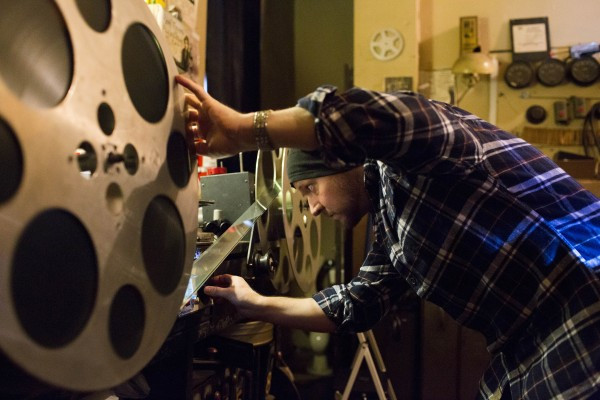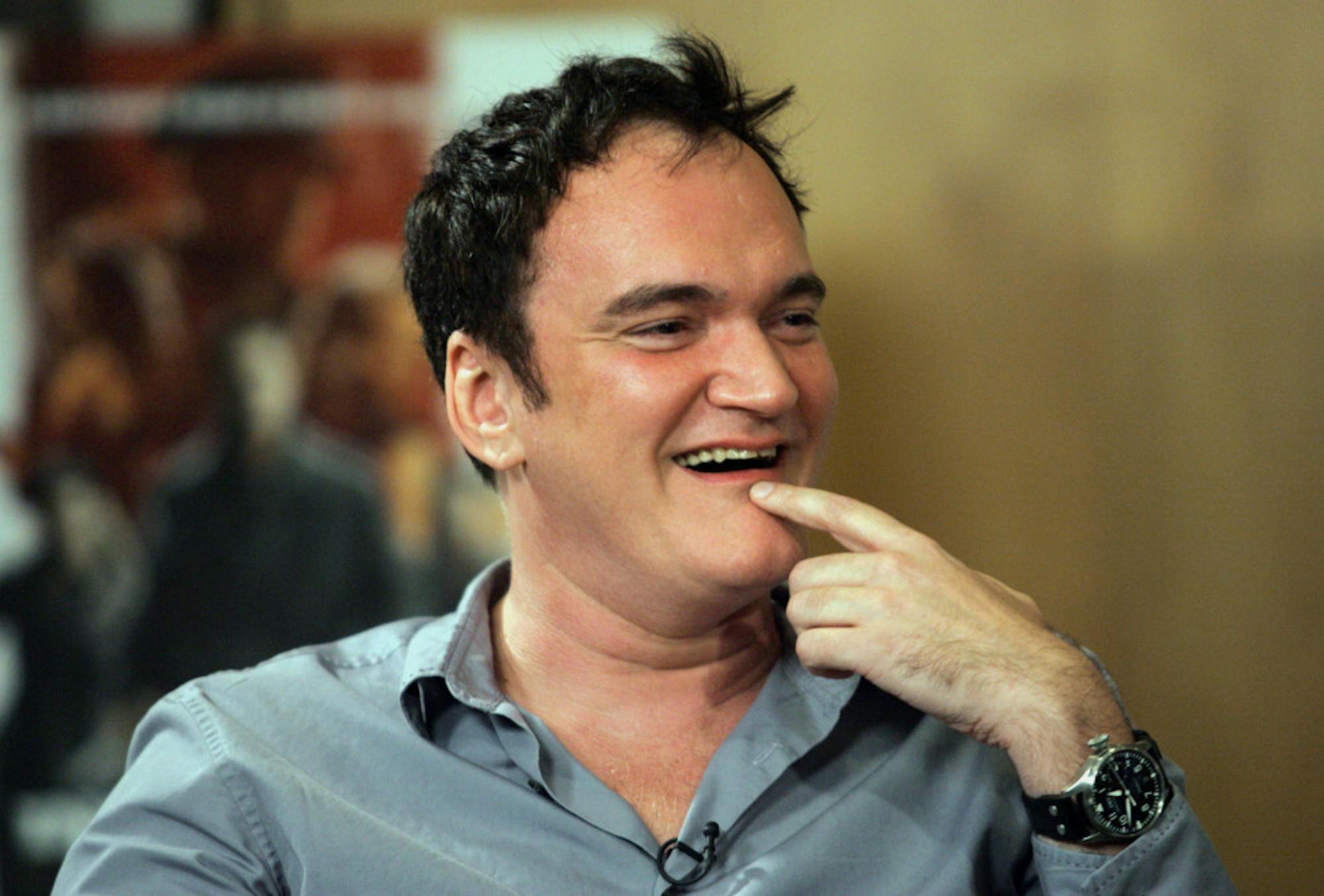Indulgence is the name of the game when it comes to the films of Quentin Tarantino and the director’s latest mystery Western “The Hateful Eight” (2015) is no exception. Like many of Tarantino’s greatest hits, from "Inglourious Basterds" (2009) to "Pulp Fiction" (1994), “The Hateful Eight” is rich with dark humor, daring audiences to laugh and indulge themselves in the gross absurdity of the action onscreen. The film demonstrates his clear penchant for long shots overwhelmed by violence, pointing to a weakness for the macabre; he lingers on raspberry-red blood splattered on floors and faces, and cries and screams that often elevate the tension and black humor. We once again find Tarantino weaving a world that is chock-full of self-referential characters with funny names and very specific professions, just as he has indulged audiences’ fantasies with the idea that his movies exist in a parallel universe: one where Hitler was killed in a movie theater, and assassins wear yellow tracksuits.
Considering all these reoccurring details, it may seem lazy or unfair to deem “The Hateful Eight” particularly self-indulgent. What makes this picture any more “extreme” than his other films? The answer lies in its excess. Excessive length, excessive flourishes, excessive… everything. While the director’s latest fare brings out stunning performances and clever dialogue to rival his previous hits, the work as a whole pushes the limits on just how much of Tarantino's trademarks an audience can endure.
Blending the elements of the murder mystery, Spaghetti Western and road trip comedy genres, the plot of “The Hateful Eight” is best left murky prior to viewing. Eight strangers, including bounty hunters John Ruth and Major Marquis Warren (expertly played by Kurt Russell and Samuel L. Jackson), must hole up in a stagecoach stopover while seeking refuge from a blizzard in post-Civil War Wyoming. Jennifer Jason Leigh is wonderful in the role of Ruth’s devilish prisoner Daisy Domergue, providing a nuanced performance and acting as the only woman with substantial screen time in the largely male cast. Members of the colorful ensemble fight for the attention of viewers through their violent scheming and antics, creating interesting tension and some dark laughs while contributing to the excess that weakens the film as a whole.
Captured on Ultra Panavision 70 mm film and with a runtime clocking in over three hours, the roadshow version of the movie is nothing short of a decadent experience for the film fan. This format alone points to the self-indulgence of Tarantino in pursuing the project: 70 mm film provides incredibly clear resolution and vivid colors, but it is costly and often impractical to produce and project in theaters.
At the historic Somerville Theater in Somerville, Massachsetts where the roadshow premiered on Christmas Day, a single print of “The Hateful Eight” weighing nearly 250 pounds is projected during daily showings, complete with closed-curtain overture and a brief intermission. With all of these elements together, the 70 mm showings provide something much grander than the average movie-going experience. Although these characteristics are most likely meant to heighten the suspense, mystery and drama of the action onscreen, the film reaches a point of length and intensity that results in exhaustion rather than excitement.
Like Tarantino's previous “Django Unchained” (2012), “The Hateful Eight” does provide interesting fodder for discussions of race and gender, approaching the attitudes of post-Civil War Americans head-on. “The only time black folks are safe, is when white folks are disarmed,” says Samuel Jackson’s Major Warren when explaining a critical decision he has made. In this way, “The Hateful Eight” is aware of how it can contribute to the modern discourse through its art.
Through its excess and indulgence, "The Hateful Eight" tries its hardest to engage Tarantino's audiences on all levels, but ultimately it becomes too much of a good thing.
Tarantino's 'The Hateful Eight' suffers from its own excess

Director Quentin Tarantino laughs during a director's roundtable with four other directors at the Los Angeles Times on Jan. 16, 2010, in Los Angeles, California. Tarantino directed "The Hateful Eight," a movie that came out this winter.
Summary
Despite strong performances from an ensemble cast and the film's technical sophistication, "The Hateful Eight" is bogged down by Tarantino's self-indulgence.
3 Stars





